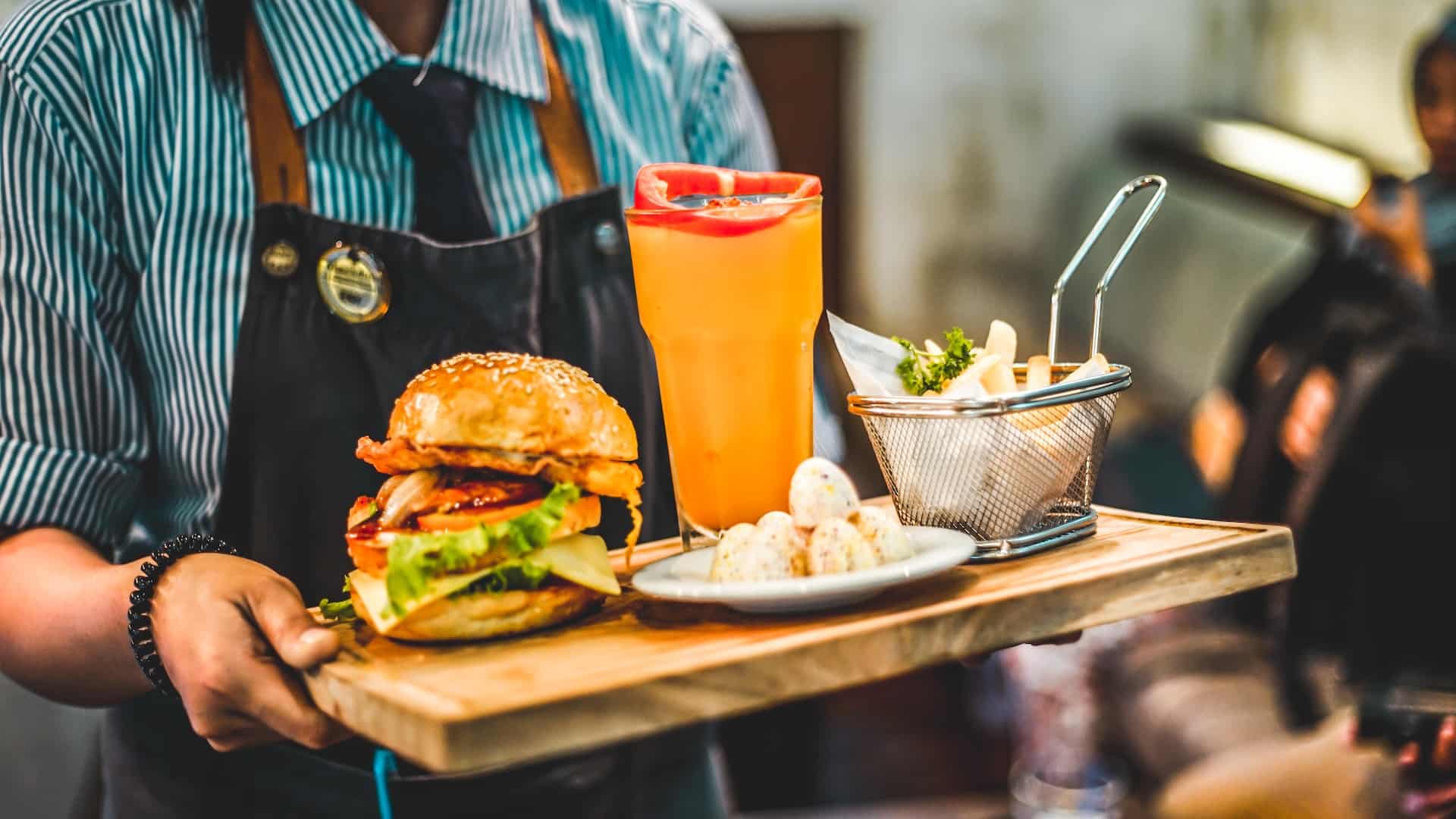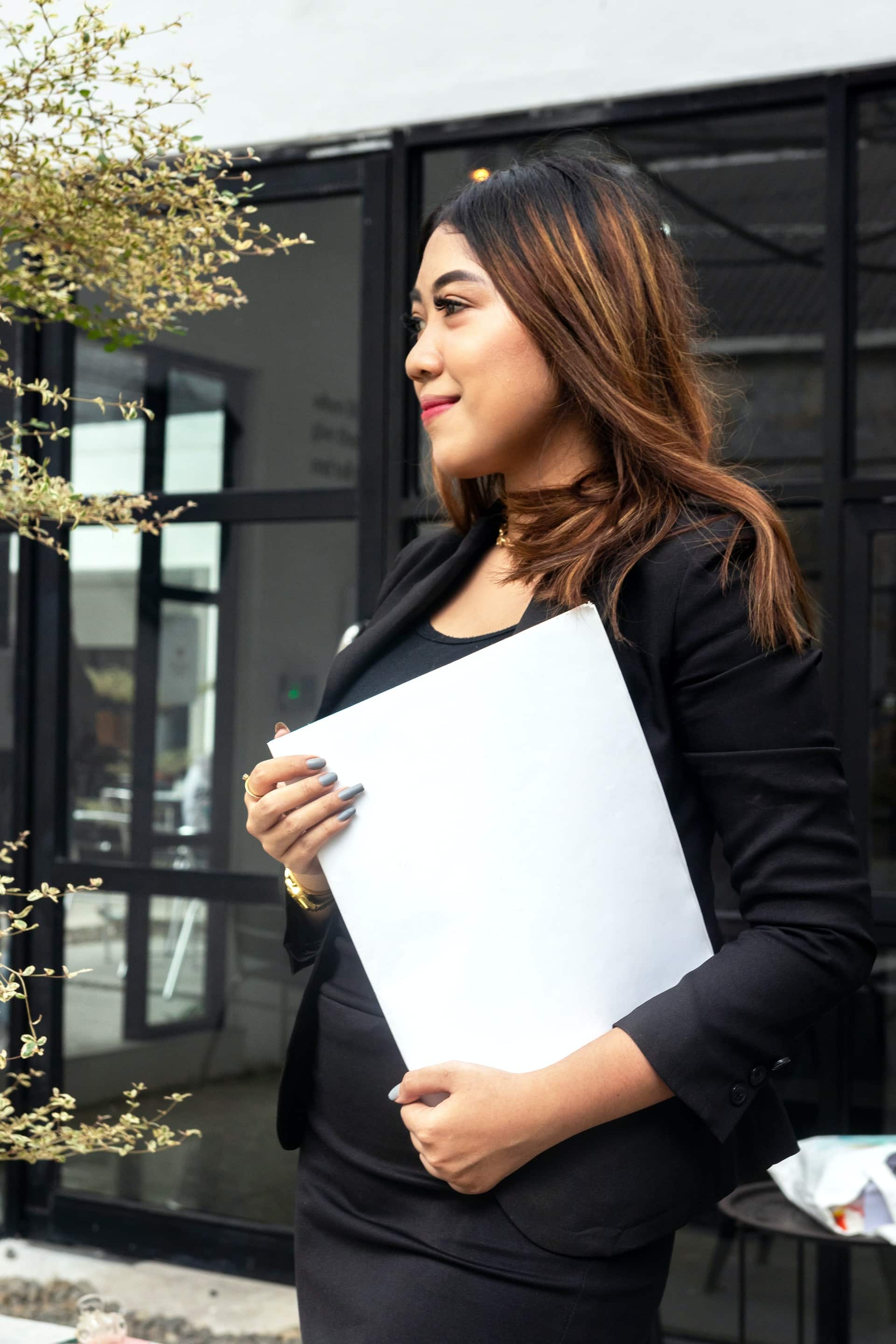Waiting tables might be a side gig for some, a way to help make ends meet while attending school, or a second job to pay off debt or save toward dreams. Still, for others, serving has become a primary profession. In either case, optimizing the tools and techniques and cultivating the right attitude can consistently pay off in better tips, less stress, and repeat customers.
IMAGE: UNSPLASH
Tools Of The Trade
Every profession has tools to facilitate performance. Servers may vary slightly in specific items they employ, but every waitperson depends on their feet. In fact, according to Healthline, staff in a busy restaurant may average nearly 23,000 steps per day — or about 11.5 miles.
Distance isn’t the only factor, either. When working around kitchens and beverages, floors can become wet and slick for a variety of reasons, so server shoes must be slip-resistant to keep the wearers as safe as possible. Other helpful features include durable, breathable construction, a wide toe-box to allow feet to expand during long days, and cushioning with plenty of arch support to maximize comfort.
While shoes might be the single most essential tool servers choose, others may help them look and act more professional, including an assortment of pens, a wallet to coordinate orders, a table crumber, a corkscrew and bottle opener, a lighter, and guest check presenters, the small black folders which waitpeople discreetly deliver to customers to provide charges and request payment.
Some employers provide uniforms or require specific dress codes. Yet, French studies from 2012 found complimenting or accessorizing outfits with something red, like a vest, a tie, a hair barrette, a scarf, or especially red lipstick for women servers, generally increased the percentage of patrons who tipped and the amount they left. A server’s appearance and presentation are key to succeeding.
Skills And Techniques To Learn
Many skills associated with being a great server relate to memory and organization. Still, interpersonal skills and the ability to anticipate customer needs and desires differentiate those who become exceptional at the profession.
One of the first behind-the-scenes systems every waitperson must learn is the establishment’s Point of Sale (POS) system. These systems allow wait staff to enter orders and special instructions and facilitate operations between the front of the house and the back.
Before servers ever see a customer, they must familiarize themselves with the menu and its options. They should know about any daily specials before each shift begins. Ideally, they should learn about ingredients and special chef techniques, especially because this can help avoid allergen issues.
Additionally, customers often ask servers to make recommendations, so tasting dishes helps the staff guide clients. Thorough knowledge of the menu conveys a sense of professionalism and competence.
Once customers arrive, servers should greet each table by introducing themselves and offering water and other beverages. Upon returning with drinks, the waiter can describe specials using vivid, descriptive language, explain and suggest appetizers, and ask if the customers have any menu questions or would like any time before placing their orders.
A 2003 study from the Netherlands found that servers who repeat their customers’ orders back to them doubled the size of their tips on average and saw a significant increase in the number of people who left gratuities. So, while it might take a few more moments, wait staff who prove they understand the orders by mimicking them back to the table inspire more confidence.
After delivering food, wait staff should ensure guests have everything they need, including condiments or special utensils. It’s a good practice to check back with customers after five minutes to ensure everything meets their expectations or make any adjustments.
Toward the end of the meal, servers might distinguish the dining experience by suggesting after-dinner beverages like coffee, hot tea, or classic digestifs like cognac, brandy, an espresso martini, or a brown sugar old-fashioned to accompany dessert selections.
When presenting the check, it never hurts for servers to express their gratitude to the customers for their patronage by including tokens of appreciation, like candies or pre-made origami, inspiring people to return the generosity when tipping. A 2016 French study also found waiters who wrote “Thank you” on the check or decorated it with cheerful drawings or affirmations realized tip increases of 7%, on average.
Attitude Is Everything
Many successful professional servers continue to seek training opportunities. It might be anything from new certifications or classes in wine pairings to customer relations to deal with difficult or belligerent clients or an online course in upselling techniques.
Still, one high-earning waitress explained that becoming a server with adequate skills isn’t enough. So what makes the difference? “It’s the desire to be good,” she told Workopolis in an interview.
“I love the idea of being amazing at something,” she added. She pointed out that while having a good memory is important, specifically because it helps servers remember clients’ names and their preferences from one visit to the next, it’s far more critical to become attuned to customers’ moods to provide them with the best possible experiences each time.
Ultimately, the servers who become most successful develop a passion for their jobs, enjoy hosting their customers and working alongside their colleagues, exude gratitude, and continue growing in their craft.
IMAGE: UNSPLASH
If you are interested in even more lifestyle-related articles and information from us here at Bit Rebels, then we have a lot to choose from.


COMMENTS